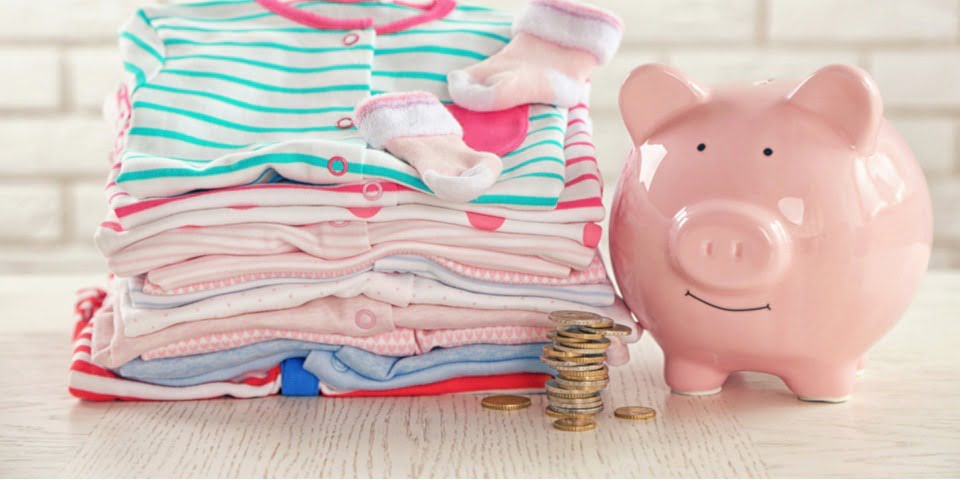The cost of raising a newborn from birth to four years old has risen by 26.3 per cent over the past five years, according to IBISWorld, with childcare the most “significant” cost.
The industry research company estimates that Australian parents will spend more than $13.2 billion in 2018-19. Costs include nappies, clothing, furniture, toys, footwear and childcare. This total cost comes to $3,577 per child per year, excluding childcare. Including childcare, the cost hits $7,918 per year.
“Childcare costs constitute the most significant expenditure for new parents,” IBISWorld Senior Industry Analyst James Caldwell. “Childcare centres are therefore the largest benefactor of baby spending. It is estimated that 45 per cent of Australian children aged nought to four years attend day care services.”
Nanny state
According to IBISWorld, the rise in the rate of maternal labour-force participation has been the primary driver of demand for childcare services. The childcare services industry expects to generate $7.3 billion from parents of children under the age of four. This works out as an average of $4,340 per child per year.
“Formal childcare options are most common for children aged 12 months to four years old,” Mr Caldwell said. “But the use of nannies has also increased over the past decade due to the increased flexibility offered by these services and the growing difficulty in securing a spot in formal childcare.”
After childcare, estimates IBISWorld, clothing, food and nappies are the next largest expenditure categories. Furniture completes the list of top-five child-related expenses.
IVF boom
Another expense that can contribute to the overall cost of raising an infant is IVF, says IBISWorld. Infertility is rising in Australia, owing to a range of factors that include women delaying having children and growing obesity. The total revenue of fertility-clinic industry is expected to exceed $550 million across 2018-19, higher than five years ago.
“It is estimated that one in six Australian couples contend with fertility issues,” Mr Caldwell said. “Furthermore, there has been in increase in the number of single women and same-sex couples seeking to have children over the past five years.
“Growing acceptance of these alternative methods of having a child, as well as expected advancements in medical technology, should significantly boost the demand for fertility clinics over the next five years.”





